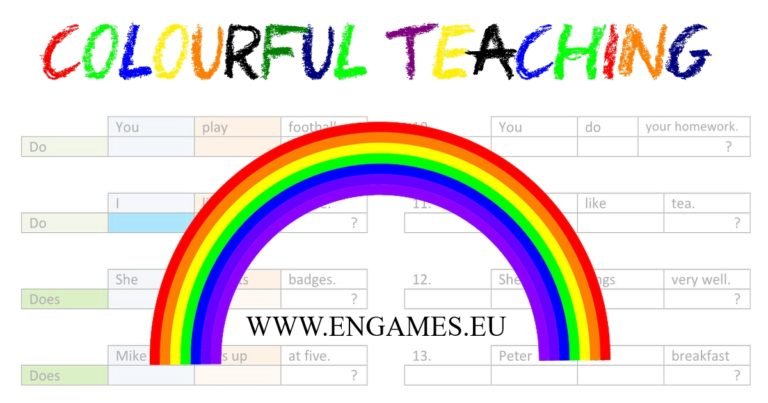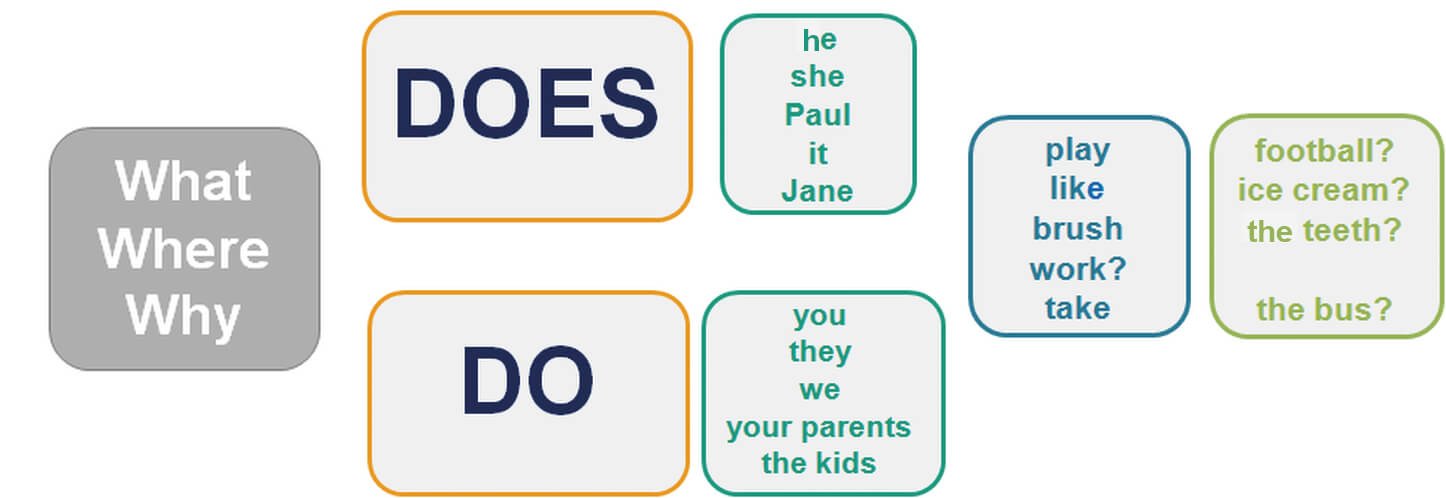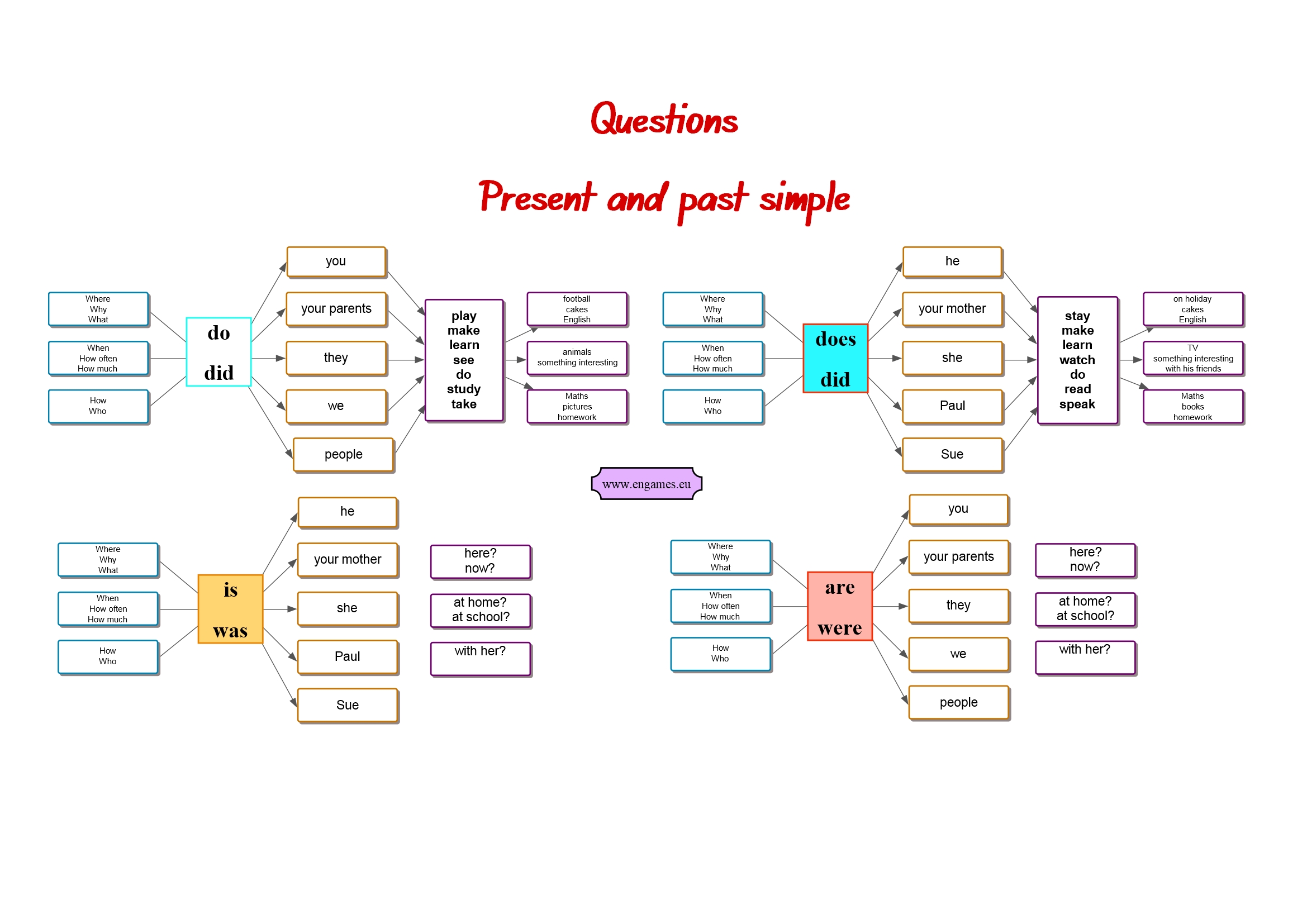Colourful Teaching
Imagine that even your most challenged students understand new grammar? Imagine that they discover the rules themselves? Imagine that your students ask you to test them on the topic you have just taught. All these things have happened to me after I started to use colourful teaching.


